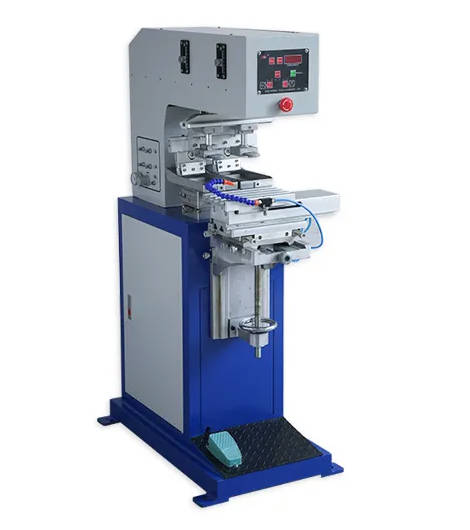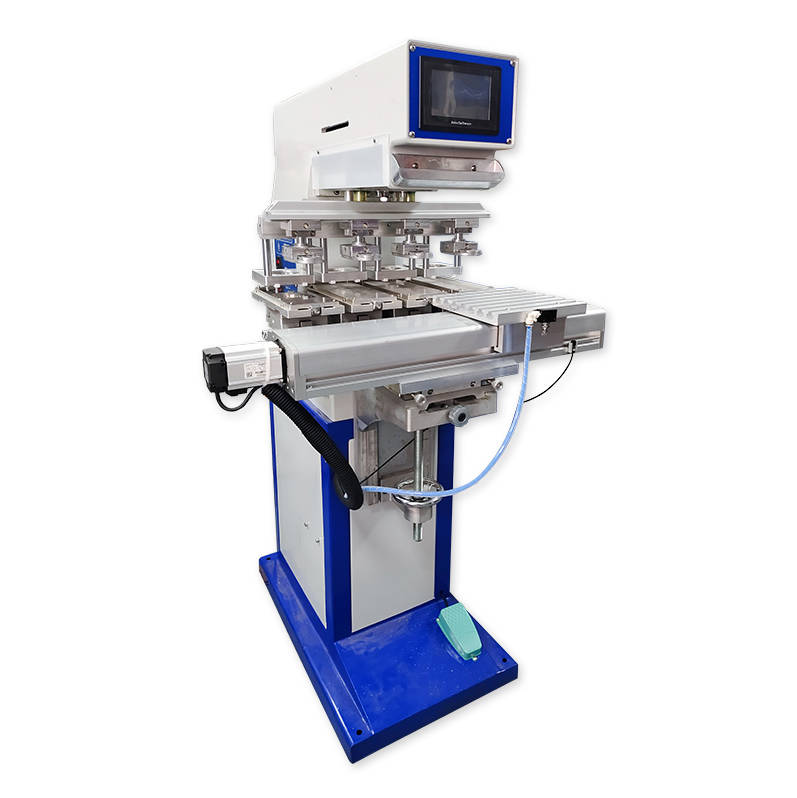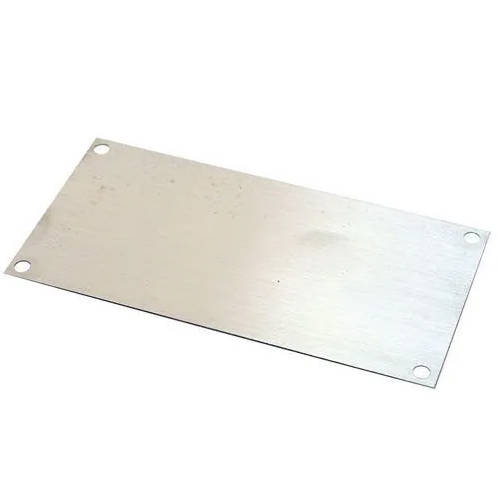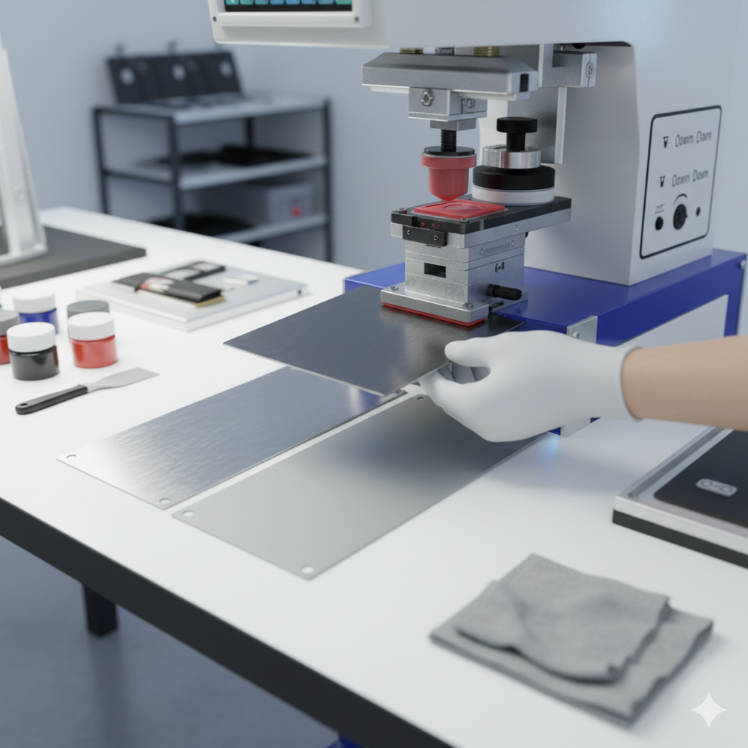In the world of industrial decoration, the pad printing machine is often seen as the star of the show—the powerful engine that drives the process. However, any seasoned printing professional will tell you that the true “soul” of pad printing lies not in the machine, but in the small, pliable silicone pad that transfers the ink. This pad, the most critical consumable, acts as the artist’s brush, meticulously conforming to complex surfaces to lay down a perfect image. But what shapes the artist’s brush? The answer is the Acrylic Pad Molds.
A custom-made mold is the single most important factor in creating a pad that can handle intricate details, inconsistent surfaces, and demanding production runs. For businesses looking to achieve pristine, repeatable results on everything from medical devices to automotive components, understanding the role of the mold is the first step toward printing excellence. This article will delve into the science and strategy behind Acrylic Pad Molds, explaining why they are not just an accessory, but a foundational component for precision printing.
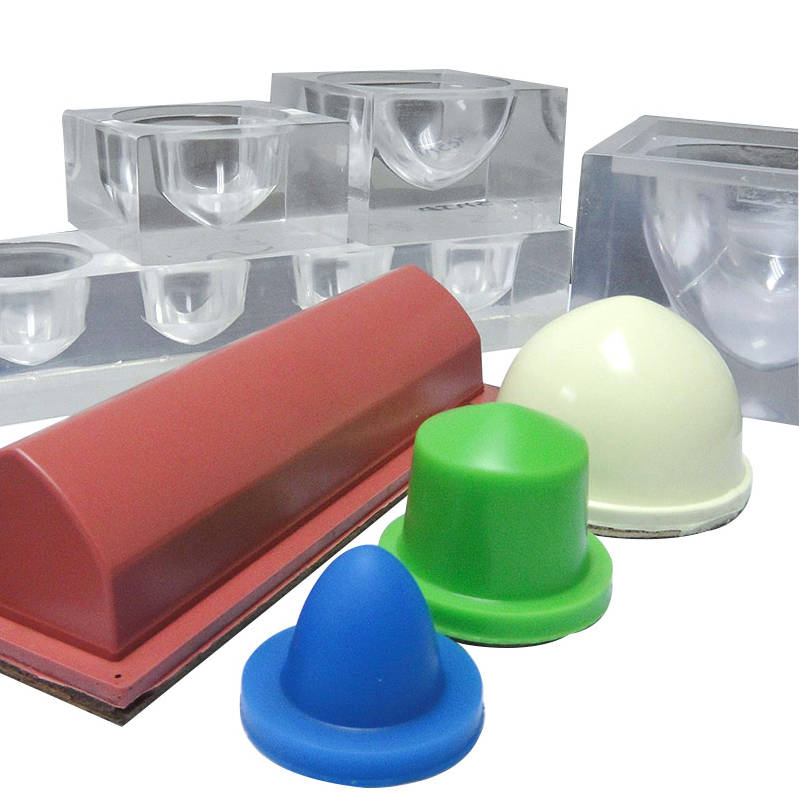
Pad Printing 101: The Mold’s Pivotal Role
The pad printing process, while seemingly simple, is a delicate dance of physics and chemistry. It involves four main components: a printing plate (cliché), an ink cup, the silicone pad, and the substrate (the object being printed on). The Acrylic Pad Molds are the critical link that ensures the pad itself is perfectly formed for this dance.
Here’s a quick overview of the process:
- The printing plate, with its etched design, is flooded with ink.
- The ink cup or doctor blade scrapes off excess ink, leaving a thin layer of ink only in the etched design.
- The silicone pad, under precise pressure from the pad printing machine, rolls down onto the plate to pick up the ink image.
- The pad then moves to the substrate, rolls down again, and releases the ink, leaving the design on the product.
The moment the pad picks up and releases ink is the most crucial part of the process, and its success is entirely dependent on the pad’s shape, size, and surface finish—all of which are determined by the Acrylic Pad Molds. A generic pad, designed for a general purpose, can only do so much. A custom pad, however, is a direct result of a custom mold, and it is engineered to overcome the unique challenges of a specific application.
Overcoming Common Printing Failures with a Customized Mold
Many common printing problems can be traced back to an ill-fitting or poorly designed pad. A custom Acrylic Pad Molds design is the most effective solution to these issues, as it addresses the root cause: a fundamental mismatch between the pad’s geometry and the product’s surface.
Distorted or Blurry Prints
- The Problem: When a pad is not designed to conform to a curved or irregular surface, it is forced to “smash” against the object. This excessive pressure causes the pad to bulge and distort, stretching the ink image and resulting in a blurred or warped print.
- The Solution: A customized Acrylic Pad Molds design precisely matches the substrate’s contours. The pad, when formed from this mold, will have a pre-existing shape that allows it to conform to the product with minimal pressure. This gentle, rolling action ensures the ink is transferred without distortion, preserving the crisp lines and fine details of the original design.
Incomplete Ink Transfer or Voids
- The Problem: Voids or patchy areas in the print can occur for several reasons, but a common one is a pad with an imperfect surface. If the pad’s face is not perfectly flat or has microscopic bubbles, it will not pick up the ink uniformly from the plate or release it completely onto the substrate.
- The Solution: The superior surface finish achievable through Acrylic Pad Molds manufacturing creates a pad with a flawlessly smooth, non-porous face. This allows for a complete, even ink pickup and a clean release. Furthermore, a mold can be designed to control the pad’s height and geometry, ensuring optimal force distribution for full ink transfer.
Ghosting or Unwanted Ink Transfer
- The Problem: “Ghosting” refers to faint, secondary images or halos appearing around the primary print. This often happens when the edges of the pad pick up residual ink from the printing plate and transfer it to the product in unintended areas.
- The Solution: A custom Acrylic Pad Molds design can include specific features like beveled edges or a narrow profile that prevent the pad from contacting unwanted areas on the plate or the product. By engineering the exact geometry of the pad’s face and sides, a skilled Acrylic Pad Molds supplier can eliminate the root cause of ghosting and ensure only the intended image is transferred.
The following table provides a quick summary of how a custom mold addresses these printing challenges:
| Printing Problem | Root Cause | Solution with a Customized Mold |
| Distortion/Blurring | Pad shape doesn’t match the product’s surface. | Mold creates a pad with a pre-formed shape that conforms perfectly to the product’s contours. |
| Incomplete Transfer | Pad surface is imperfect or shape is suboptimal. | Mold’s ultra-smooth finish and precision geometry result in a pad that ensures uniform ink pickup and complete transfer. |
| Ghosting | Pad picks up unwanted ink from the plate or substrate. | Mold design incorporates precise bevels and geometries to prevent unintended contact. |
| Premature Pad Wear | Excessive pressure is needed to make the pad conform. | Mold-created pads require less pressure to work, extending their lifespan significantly. |
Why Acrylic? The Unmatched Advantages of a Modern Material
While molds can be made from various materials, acrylic has emerged as the superior choice for a professional Acrylic Pad Molds supplier. Its unique properties make it an ideal medium for creating the high-precision tools required for modern pad printing.
Precision Machining and Intricate Design
Acrylic is a plastic that is exceptionally well-suited for CNC (Computer Numerical Control) milling. This means that a custom Acrylic Pad Molds design created in CAD software can be translated into a physical object with incredible accuracy. This allows for the creation of intricate, complex geometries that would be difficult or impossible to achieve with traditional casting or metal molds. From multi-angle curves to sharp points, acrylic’s machinability allows for a level of detail that is essential for complex printing applications.
Superior Surface Finish
One of the most significant advantages of acrylic is its ability to be machined to an incredibly smooth, polished finish. The surface of the mold directly determines the surface of the silicone pad. An ultra-smooth acrylic mold produces a pad with a flawless, non-porous face, which is critical for clean ink pickup and efficient ink release. This smooth surface also minimizes the risk of air bubbles getting trapped during the silicone pouring process, which could otherwise create voids in the pad and lead to printing defects.
Durability and Cost-Effectiveness
While metal molds are an option, they are often more expensive and can be prone to rust, requiring additional maintenance. A professionally made acrylic mold is highly durable and, with proper care, can be used to produce hundreds of identical pads. This longevity makes the initial investment in a customized Acrylic Pad Molds design highly cost-effective over the long term, especially for manufacturers with high-volume production needs.
Transparency for Quality Control
Acrylic’s transparent nature is a unique benefit in the Acrylic Pad Molds manufacturing process. It allows the technician to visually inspect the silicone as it is being poured and cured, ensuring there are no hidden air pockets or inconsistencies. This transparency provides an additional layer of quality control, guaranteeing that every pad produced is of the highest standard.
Partnering with the Right Supplier: A Collaborative Journey
Choosing the right Acrylic Pad Molds supplier is as important as the mold itself. A professional supplier does more than just machine a part; they act as a partner in solving your printing challenges. They should possess a deep understanding of the pad printing process, from the specific characteristics of different Pad Printing machine models to the properties of various silicone compounds.
The ideal supplier will guide you through a collaborative process:
- Consultation and Design Brief: The journey begins with a detailed discussion of your project. They will ask about your product’s material, shape, the design you want to print, and your production volume. This information is crucial for an effective Acrylic Pad Molds design.
- CAD Modeling and Prototyping: Using professional design software, they will create a 3D model of the mold and the resulting pad. This allows for virtual testing and adjustments before any physical manufacturing begins. For highly complex parts, they may even create a prototype pad for a trial run.
- Precision Manufacturing: The final design is then sent to a state-of-the-art CNC machine for precise Acrylic Pad Molds manufacturing.
- Quality Assurance and Delivery: The finished mold is meticulously inspected to ensure it meets all design specifications and is free from any imperfections. It is then carefully packaged and delivered, ready to produce pads that will transform your printing quality.
Conclusion: The Ultimate Investment in Quality and Consistency
A pad printing machine can be a powerful tool, but without the right pad, its potential is limited. A generic pad is a compromise, forcing you to adjust your process and accept potential defects. A custom-made pad, formed with a precision-engineered Acrylic Pad Molds, is a solution.
Investing in a custom mold is not merely a purchase; it’s a strategic investment in the quality, consistency, and efficiency of your entire production line. It eliminates guesswork, reduces waste, extends the life of your pads, and most importantly, ensures that every single print that leaves your facility is a perfect reflection of your brand’s commitment to quality.
By partnering with an expert Acrylic Pad Molds supplier who understands the nuances of Acrylic Pad Molds design and Acrylic Pad Molds manufacturing, you can unlock the full potential of your pad printing operation and elevate your product decoration to the highest standard.


